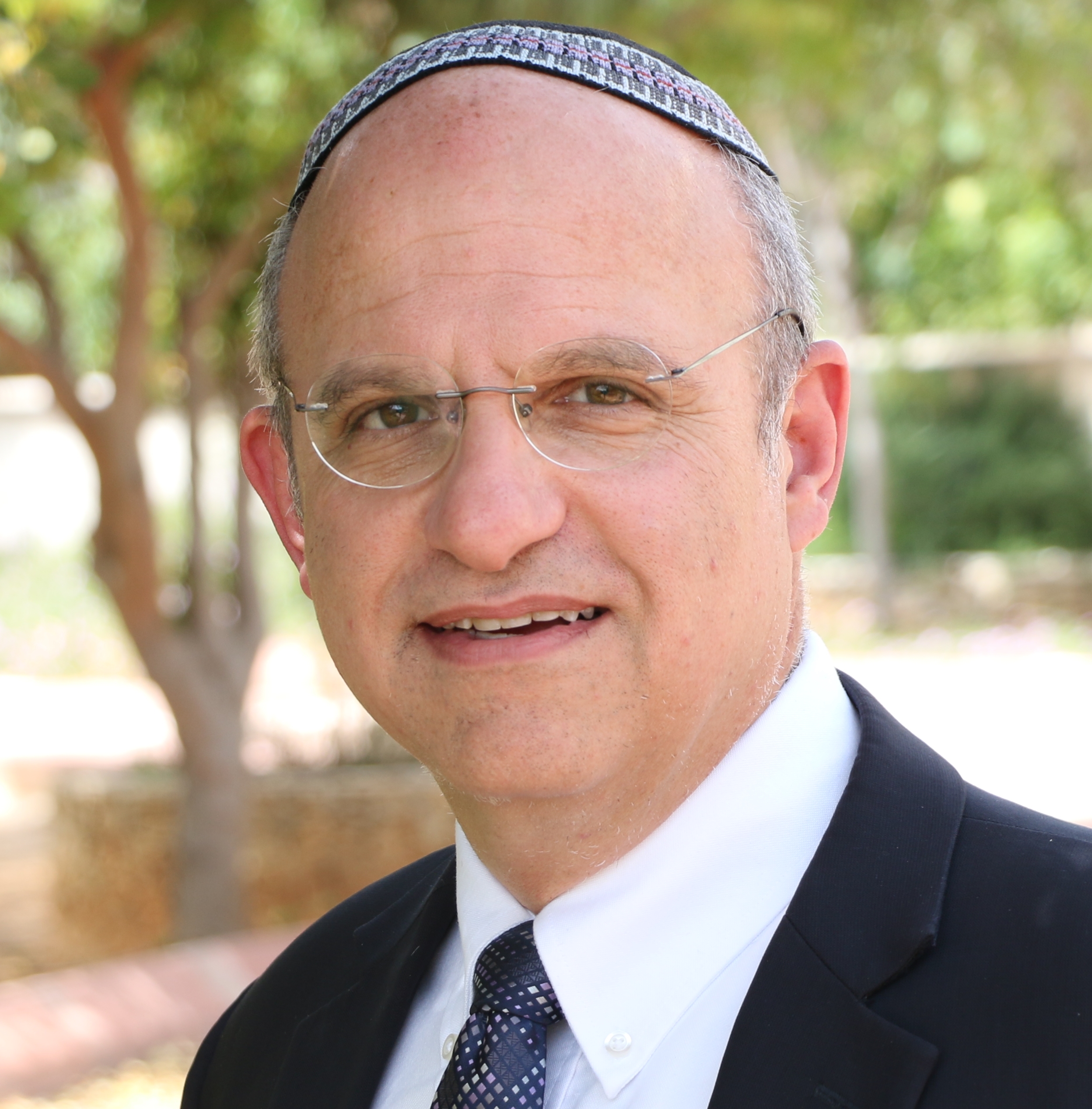Is there an explanation for why hurricanes strike?
Do hurricanes have a purpose?
In my book, Where’s My Miracle? Exploring Jewish Traditions for Dealing with Tragedy, I discuss the theological questions associated with hurricanes, as well as other natural disasters.

A hurricane is nature’s way of transferring heat from the hotter southern climates to the cooler northern climates when air in the south heats up too much. The ocean heats up in the summer because the earth is closer to the sun. A hurricane can start to form when the sun heats the water to at least 82º Fahrenheit, and hot air and water vapor begin rising from the ocean at faster and faster rates until the air begins to circulate counterclockwise, forming stronger and stronger winds that whirl with increasing speed. The moist, hot winds of a hurricane swirl upward around a calm column of low-pressure air, which becomes the eye of the storm. Nature sends the hurricanes northward to cooler climates by the steering currents, air circulating around high and low pressure systems.
Essentially, a hurricane is a natural cooling system of “nuclear” proportions.
I came across an interesting article entitled Destruction: Lessons from Natural Disasters, where the author wrote the following about hurricanes:
After a hurricane you’ll see large tree limbs down, dead limbs down, whole trees down- As you probably already see, this is necessary to clear out dead limbs that can tax a tree’s energy, remove dead trees from the forest population and remove dying or weak trees. This opens up the forest for more sunlight for smaller new trees, gets the debris to the floor of the forest where bacteria, worms, insects and other decomposers can have more work and food and returns the nutrients to the soil.
Flooding, beach erosion, sand hundreds of feet into the beach and onto the streets is a common aftermath of a hurricane. This helps to renew the beach, move the landscape and create more homes for the sand crabs, sandpiper birds and other animals that depend on the beach for homes and food. It’s not so good for human homeowners on the beach but it’s a fact of nature that our landscape is in constant flux and movement.
Finally, for those who will be bent on tying some sort of theological message to Hurricane Sandy’s strike on the East Coast of America (and mark my word, it is just a matter of time), I suggest they need to think again. As Rabbi Jonathan Sacks once wrote:
Natural disasters have no explanation other than that God, by placing us in a physical world, set life within the parameters of the physical. Planets are formed, tectonic plates shift, earthquakes occur, and sometimes—innocent people die. To wish it were otherwise is in essence to wish that we were not physical beings at all. Then we would not know pleasure, desire, achievement, freedom, virtue, creativity, vulnerability and love. We would be angels—God’s computers, programmed to sing His praise. (Rabbi Jonathan Sacks, “Why does God allow terrible things to happen to His people?” Times (UK) January 1, 2005)
We share this planet with the natural world, and at times, nature’s needs will come in conflict with our own. It is for us, whenever possible, to do all that is in our ability to steer clear of natural upheavals which can lead to natural disasters, and in the face of it all, to bless God, “shekocho ugevurato maleh olam,” whose “strength and might fill the earth” (Mishna, Berachot 54a) – a strength and might that is ultimately even more powerful than that of a hurricane.



Share your thoughts